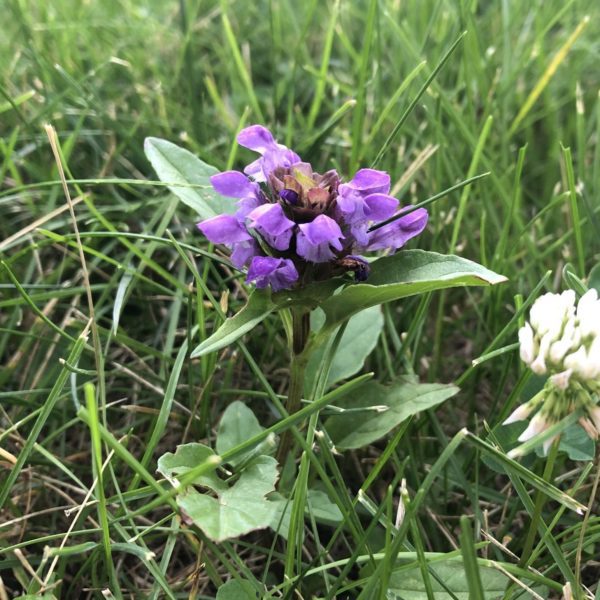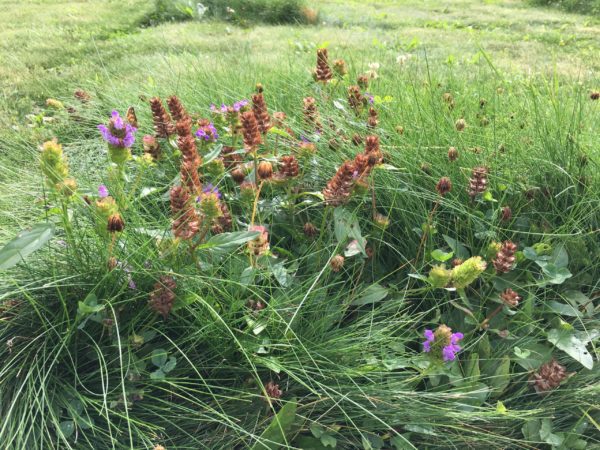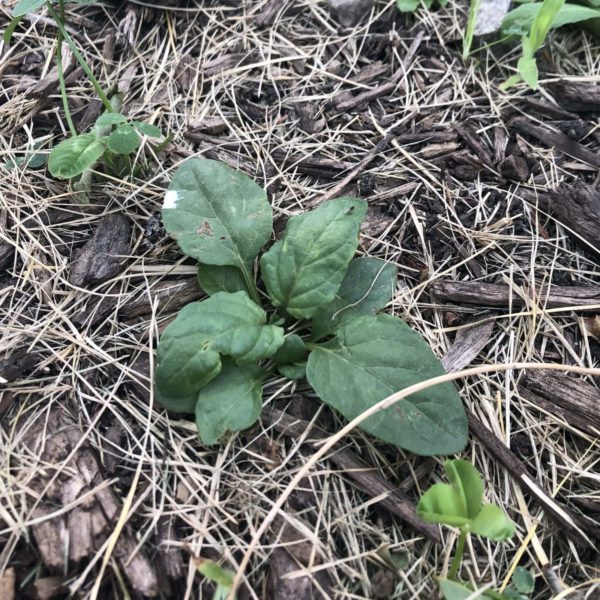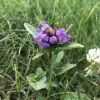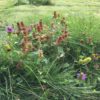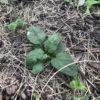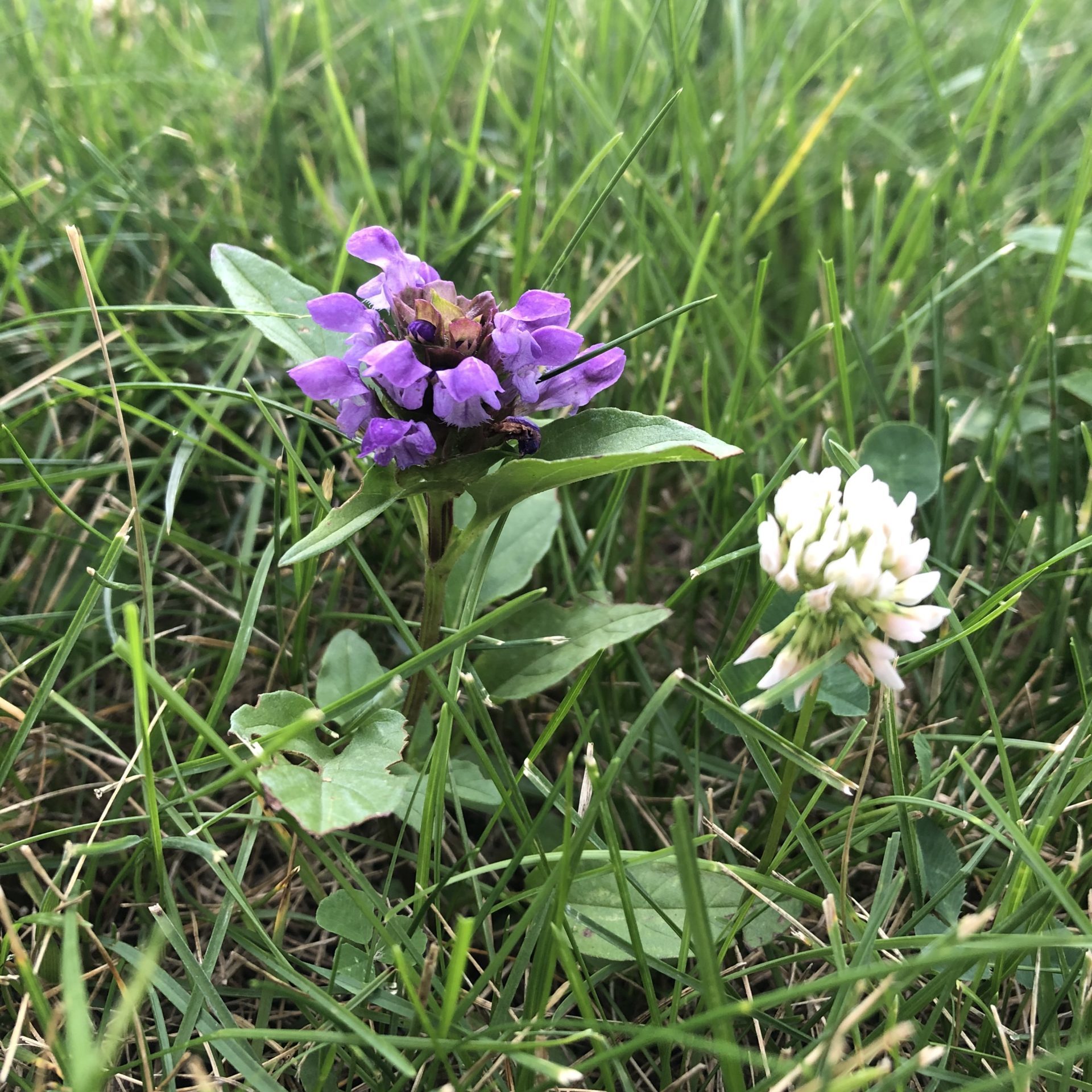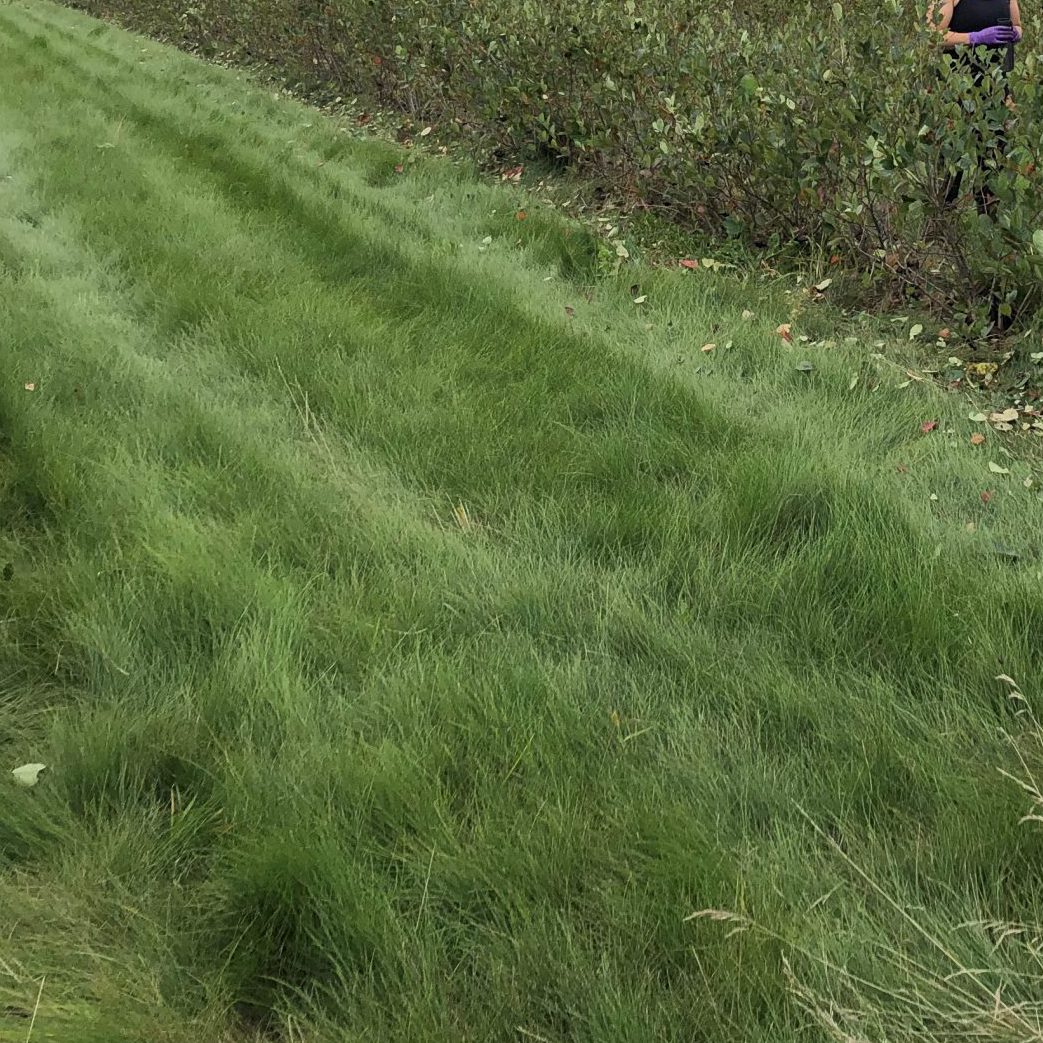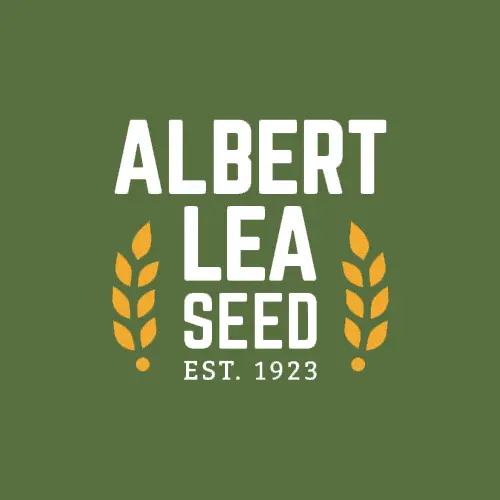Albert Lea Seed House Cover Crop Field Day
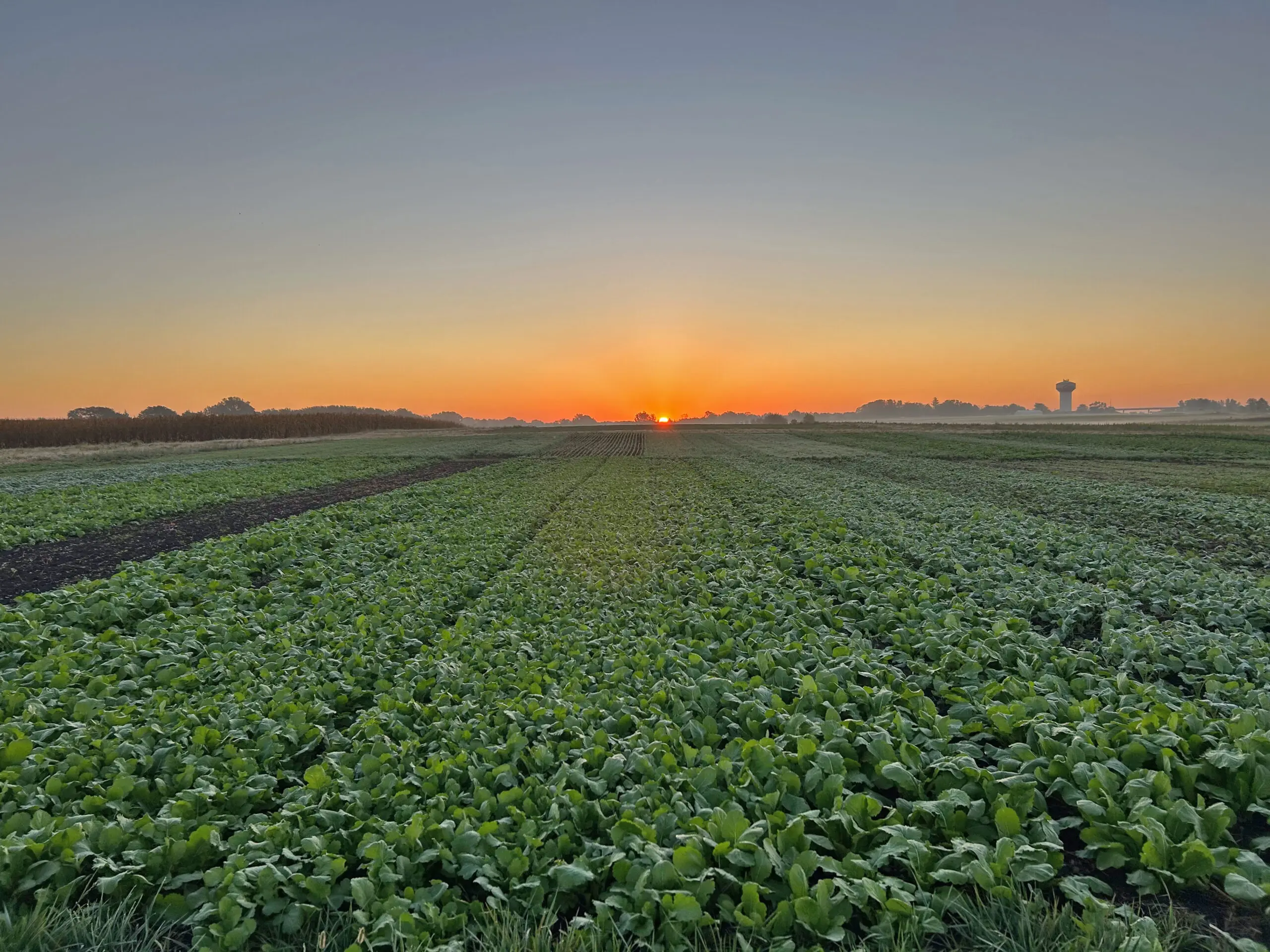
Join Albert Lea Seed—along with co-sponsors PFI and Rodale Institute—for a cover crop plot tour, featuring 34 species, 45 varieties, and 15 mixes that were planted in late August. See for yourself how new products and long-time favorites are performing in the field.
Hillary Olson, State Soil Health Specialist with the Iowa NRCS, will also present on the role of cover crops play in soil health. Afterward, stay for a complimentary lunch.
What: Albert Lea Seed Cover Crop Field Day
Where: Albert Lea Seed Ames Location, 2326 230th St, Ames, Iowa
When: Friday, October 24 10:00 am – 1:00 pm, central
Questions? denise@alseed.com
RSVP